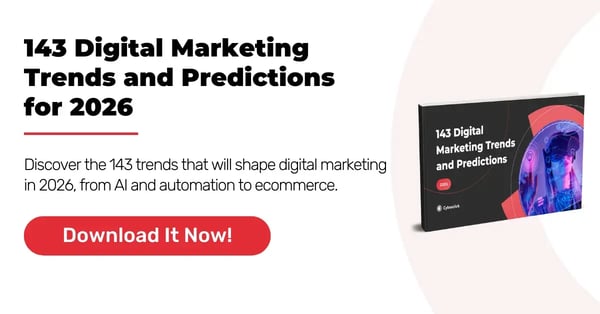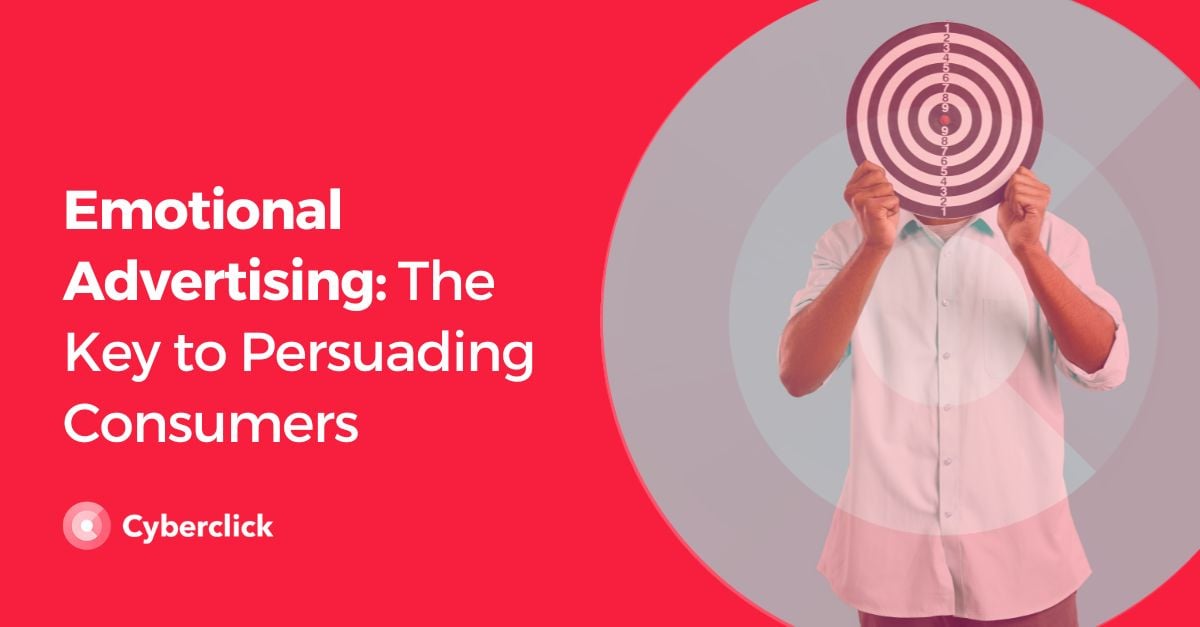Integrated marketing is a strategic marketing approach that unifies and optimizes messaging across multiple communication channels for cohesion. It is designed to offer consumers a consistent interaction with a brand. By integrating tools, media, and channels, brands can deliver a holistic marketing message that's more effective in today's diverse and fragmented media landscape.
Understanding Integrated Marketing
At its core, integrated marketing blends traditional and digital marketing strategies to create a cohesive and comprehensive outreach strategy. With this method, all forms of communication are carefully linked together across platforms whether it be TV, print, online, or social media. The key is not just using multiple channels but telling the same brand story, regardless of where a customer might interact with the brand.
The benefits of these kinds of campaigns are the following:
- Consistency: The primary advantage of integrated marketing is its ability to provide a consistent message across all channels. This helps reinforce the brand’s message, making it more likely to resonate with the target audience and lead to memorable experiences. This, in turn, can significantly enhance brand loyalty and trust, which are crucial for long-term business success.
- Efficiency and Improved ROI: Another significant benefit is the efficiency in terms of costs and resources. Integrated marketing allows for a more streamlined approach to creating content and marketing materials, as the same messaging and assets can be repurposed across different platforms.
- Stronger Competitive Advantage: Adopting an integrated marketing strategy can set your brand apart from the competition, as it demonstrates a deeper understanding of your customers' needs and a commitment to delivering a great brand experience.
- Enhanced Customer Experience: A consistent message reinforced through multiple channels can also build an emotional connection with the brand. Customers are more likely to feel valued and understood when they see that a brand maintains the same identity and values, no matter where they interact with it. This can lead to increased customer loyalty, repeat business, and a higher likelihood of customers recommending the brand to others.
That being said, it is not without its challenges. Coordinating marketing efforts across various departments demands effective communication and alignment on common goals, which can be difficult without a unified strategy. The need for careful planning and analysis is also crucial to achieving a balanced allocation of budgets and resources across different media channels, in order to maximize the effectiveness of each channel without overspending. It can also be challenging to find a balance between innovation and consistency - it is important that the content and messages remain fresh and engaging, as well as recognizable.
The Five Pillars of Integrated Marketing
The successful implementation of integrated marketing requires a strategic approach that addresses five key pillars.
1. Audience Identification and Segmentation
Thoroughly understand your target audience by conducting market research, analyzing customer data, and creating detailed buyer personas. This will help you tailor your marketing messages and strategies to specific audience segments.
2. Channel Integration
Identify the most effective marketing channels for your business and campaign. This could include a combination of traditional and digital channels, such as out-of-home advertising, social media, email marketing, and content creation.
3. Consistent Branding
Develop a strong and consistent brand identity that is reflected across all marketing touchpoints. This includes your visual elements (logo, color palette, imagery), brand tone and messaging, and overall brand personality.
4. Coordinated Campaign Planning
Plan and execute marketing campaigns that integrate various tactics and channels to deliver a cohesive message. Be sure that each campaign element complements and reinforces the others.
5. Performance Measurement and Optimization
Establish clear key performance indicators (KPIs) and continuously monitor and analyze the performance of your integrated marketing efforts. Use these insights to refine your strategies and maximize the impact of your marketing investments.
Examples of Integrated Marketing Campaigns
Apple’s “Shot on iPhone”
Apple's "Shot on iPhone" campaign is a great example of how integrated marketing can amplify a brand's message. The campaign tapped into the power of user-generated content, showcasing stunning photographs and videos captured by iPhone users around the world. By featuring these real-life, high-quality visuals across a range of platforms, including social media, digital advertising, and out-of-home displays, Apple was able to achieve several key marketing objectives:
- Showcase product capabilities: The "Shot on iPhone" campaign allowed Apple to highlight the impressive camera capabilities of its iPhone devices, demonstrating their versatility and image quality.
- Build brand trust and authenticity: By featuring content created by everyday users, Apple fostered a sense of relatability and trustworthiness, positioning the brand as a tool for self-expression and creativity.
- Leverage social media engagement: The campaign encouraged iPhone users to share their own photography using the #ShotOniPhone hashtag, generating user-driven social media buzz and engagement.
- Cross-channel integration: Apple integrated user-generated content across its website, social media channels, in-store displays, and even billboard advertisements, creating a cohesive and impactful brand experience.
Dove’s “Real Beauty”
Dove's "Real Beauty" campaign is a powerful example of how integrated marketing can be used to challenge industry norms and drive social change. The campaign aimed to redefine the traditional standards of beauty and promote a more inclusive and diverse representation of women. The key elements of Dove's "Real Beauty" campaign included:
- Diverse representation: Rather than featuring traditional models, Dove's advertising showcased women of all shapes, sizes, and backgrounds, challenging the industry's narrow definition of beauty.
- Integrated messaging: Dove's commitment to "real beauty" was woven throughout its marketing efforts, including TV commercials, print advertisements, digital content, and even product packaging, creating a cohesive and impactful brand narrative.
- Empowering content: The campaign featured thought-provoking content, such as the "Dove Evolution" video, which highlighted the artificial nature of beauty standards in the media and sparked widespread social media engagement.
- Collaborative partnerships: Dove partnered with organizations and influencers who shared its values, further amplifying the campaign's message and reaching new audiences.
Graduada en Administración de Empresas en Lisboa y un posgrado en Gestión de Productos, Chantal se ha especializado en la Publicidad en Redes Sociales. En Cyberclick lleva la gestión de cuentas y conceptualización de estrategias digitales.
Graduated with a Degree in Business Management in Lisbon and a Postgraduate degree in Product Management. Specialist in Account Management and Digital Marketing strategies, with special focus on Social Ads channel.







Leave your comment and join the conversation